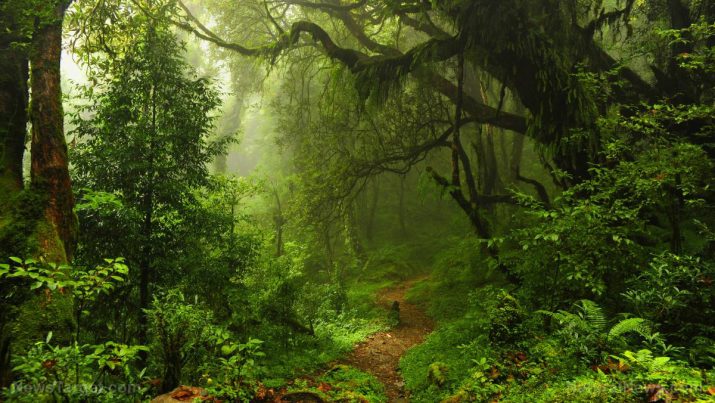
Alien species threaten ecosystems and they are spreading worldwide, challenging biosecurity measures at border controls
Wednesday, August 15, 2018 by David Williams
http://www.realsciencenews.com/2018-08-15-alien-species-threaten-ecosystems-and-they-are-spreading-world-wide-challenging-biosecurity.html

Animal species that are out in nature aren’t exactly living in harmony. Researchers from the University College London (UCL) have now discovered that the number of new alien species invasions are still rising globally, and that its overall impact may be difficult to predict down the line.
One thing that this has made clear, however, is the fact that so-called biosecurity measures currently being used around the world are just not enough. The researchers said that up to 16 percent of all animal species on Earth could eventually qualify as potential alien species. What’s more, if they end up invading new regions, they could cause serious unforeseen consequences.
The details of the study, which was led by scientists from UCL, Senckenberg Biodiversity and Climate Research Center (Bik-F), and the University of Vienna and published recently in the Proceedings of the National Academy of Sciences of the United States of America (PNAS), showed that a global database of more than 45,000 records were analyzed, and they pertained to the first invasions of over 16,000 known alien species from 1500 until 2005. The researchers used this data to find out more about the dynamics of how alien species spread around the world.
The researchers noted that a full one-fourth of the records of apparent alien species – species that earlier weren’t found anywhere as aliens – only came about between the years 2000 and 2005. They described this as a “worryingly high proportion.”
According to Tim Blackburn, a professor from UCL, the results are indeed quite surprising to say the least. “Humans have been moving species to new places for thousands of years, so we might have expected that most species that have the potential to become aliens would have already done so,” he explained. “Instead, it seems the pool of new aliens is far from ‘dry.'”
In particular, the researchers pointed out the rather glaring fact that the apparent emergence of all these new alien species is rather unexpected. “While most new records do relate to the spread of species we already knew were aliens, the fact that one in four related to a completely new alien species is both surprising and troubling,” he said.
How exactly did it get to this point? In previous studies, such growth in alien species numbers tended to be attributed to factors like human mobility, import volumes, and land degradation. But it is said that statistical models suggested a different story: The incorporation of new regions as a source of potential alien species were likely to be a compounding factor. With this knowledge, the researchers estimated that there could be even more alien species that are just waiting to come out.
Dr. Ellie Dyer, a co-author of the study, noted that existing biosecurity measures are working as intended. However, they can barely keep up with the rate of alien species emergence from unexpected sources. And that has led to the problem being highlighted in their research.
“With measures being taken to prevent alien species introductions and spread, there has been a decline in the proportions of newly emerging alien species from established sources, such as historical European colonies,” said Dyer. “However, this decrease has been offset by newly emerging alien species elsewhere and it is likely that we can expect many more new invasions starting to appear from regions with large and growing economies.”
Understanding what really causes these occurrences and how to best counteract them will be instrumental in aiding the safety and security of ecosystems worldwide.
For more on animal interactions out in nature, visit Ecology.news.
Sources include:
Tagged Under: Tags: alien species, animals, biodiversity, biosecurity, Ecology, ecosystem security, ecosystems, environment, goodscience, human mobility, land degredation, research, wildlife





